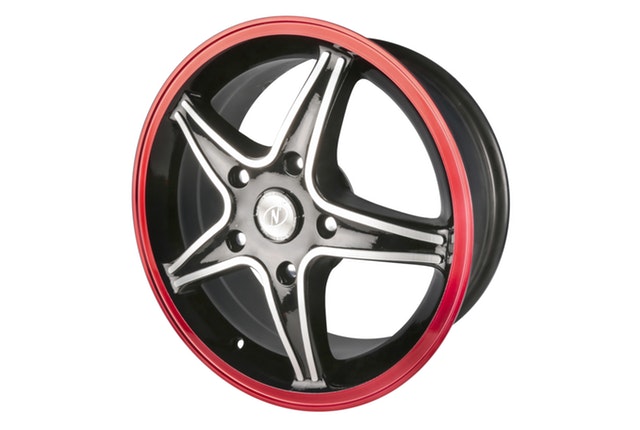The Process of Alloy Wheel Refurbishment

Now that alloy wheels are the standard for most new car models, the business of repairing, restoring, refurbishing and replacing them is a growing sector around the world. Improved production technology has made alloy wheels more elaborate, complex and stylish than ever before, and the industry of refurbishment has risen to meet these new challenges.
For today’s blog, we asked our alloy wheel repair Gloucester team for info, and will be discussing the five main processes behind alloy wheel refurbishment, namely:
- Stripping
- Blasting
- Assessment
- Smoothing
- Painting
1. Stripping
Before any of the wheel refurb can take place, the wheels need to be stripped of their tires and then of any finish that is currently on them. You may have previously applied waxes, coatings or other chemicals designed to protect them from minor damage. All excess has to be removed before anything else can happen. It’s typically carried out with an alloy-safe chemical that will remove the coatings but have no effect on the wheel itself.
2. Blasting
The stripping process is like the initial air strikes of the wheel refurb campaign, and what follows is the blasting. It’s like a more detailed ground invasion to clean up remaining resistance. Blasting removes any trace of coatings, as well as areas of corrosion.
Now the wheel is ready and the wheel refurb can begin.
3. Assessment
The alloy wheel repair Gloucester team now have to assess the extent any surface damage like scuffs, chips, scratches and similar things. What they’re looking for is signs of the kinds of steps they’ll have to take in the later stages. Light scuffs, for instance, can be solved by simply sanding them down. A deep scratch, on the other hand, will need filling and sanding to put right.
4. Smoothing
After assessing the damage, the wheel refurb team will set to work smoothing down the surface in preparation for the restorative paint work. Smoothing can be done with various kinds of sand paper or similar tools. The idea is to prepare the surface for its basecoat as we get to the final painting stage.
5. Painting
What you may not realise is that much of the alloy base coat is applied by hand. Specialists train for a long time to perfect their craft, but the result is evenly applied and stunning-looking basecoat. The typical colour, as you may see on most alloys, is metallic silver. An alloy wheel refurb expert will always start in the same place, looking at the wheel like a clock. The paint job starts at the 6 o’clock position and works around from the centre out to the rim.
It’s a great process to behold, and happens faster than you think. The full wheel has to be finished while the paint is still wet. If it’s not, then the final blend of colours from start to finish will likely be uneven, and nobody wants that!
Leave it to the professionals
From this, it becomes clear why so much of alloy wheel repair is left to the professionals. Alloys are a thing of beauty, and it takes artisan-like skills to restore them to their fully glory.





